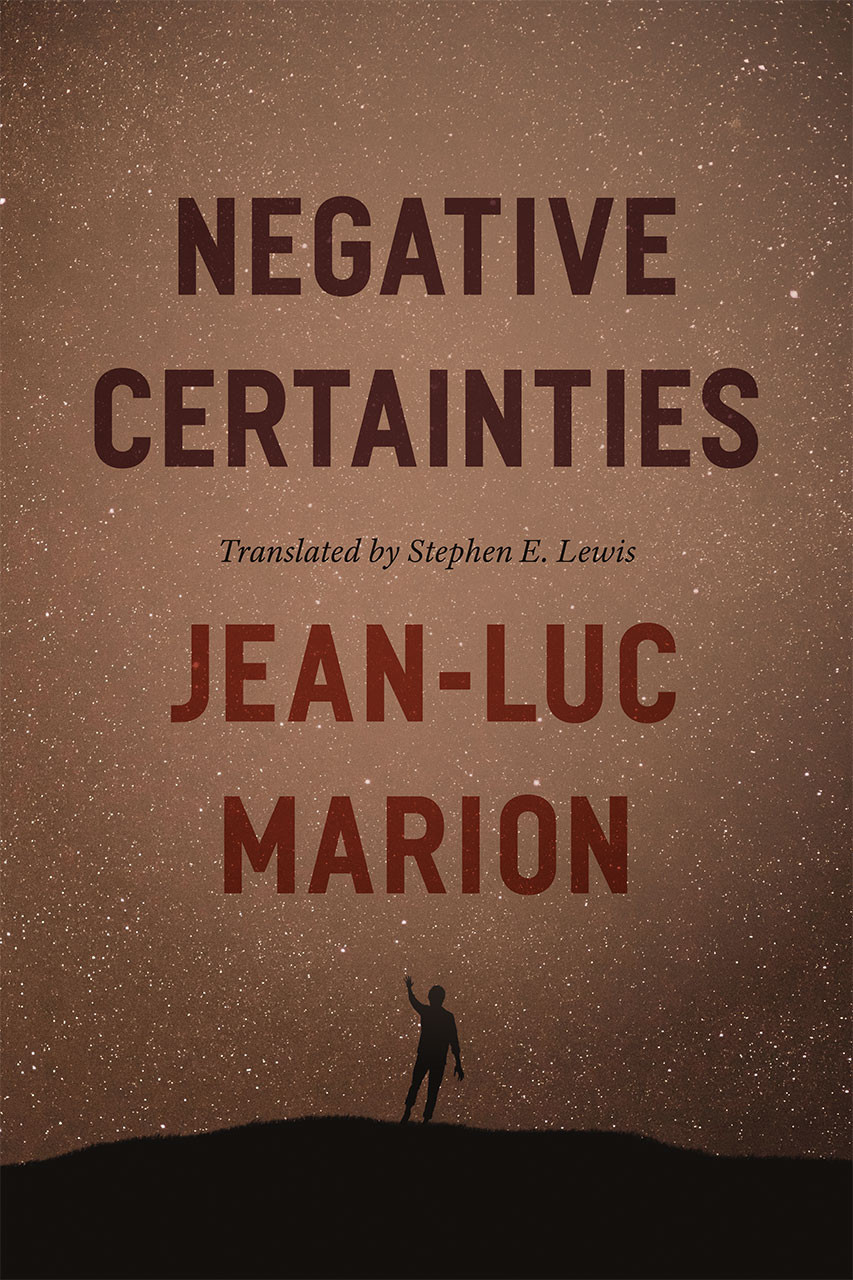What do you think?
Rate this book


288 pages, Hardcover
First published January 13, 2010
God is not really disclosed except by self-revelation, but philosophy lacks the necessary organ to listen to that revelation. Philosophy is gott-los [godless], which is not to say that there is no God, but that the matter is not clear, neither side has scored (Gesamtausgabe (GA) 23:77 Geschichte der Philosophie von Thomas v. Aquin bis Kant (1926-27 course lectures).Marion thinks that phenomenology has been too restrictive in confining itself to what appears as an object to consciousness or what is received in intuition. By broadening the scope, he endeavors to bring out phenomena into the theater that appear in themselves on their own, ones that impose their self-revelation on their own upon the subject who encounters them in counter-experience or in counter-intentionality, the ones that saturate and overflow one's capacity to encompass or provide reasons for their appearance. "The given rises toward us," says Marion (155).
[t]hat everything that offers itself to us in originary 'intuition' must be received exactly as it gives itself out to be , though only within the limits in which it gives itself there (Ideas Pertaining to a Pure Phenomenology and to a Phenomenological Philosophy: First Book, § 24, quoted in 202).What gives or what is given is the gift, whether one accepts it or not. More fundamental than the phenomena that appear to consciousness, then, is the phenomenon of the gift, which asserts independence from both the giver and the receiver. It is still a phenomenon, nonetheless, to be deciphered and understood through hermeneutics but not as an object, a being, or in terms of some essence (Wesen) but as the saturated phenomena that overflow one's intuition and exceed metaphysical categories or as that which happens underneath the metaphysical parameters: "everything that gives itself gives itself by itself, happens in itself. The phenomenon appears only to the extent that it happens" (200). They happen as events, as otherwise than being or beyond essence: unforeseeable (193), beyond possibilities bordering on the impossible, and "unrepeatable, irremediable, and irreversible" (193). "The event happens as a call" (187), requiring a response. The event is like the Other in Levinas, the Jewish philosopher who would like to move beyond phenomenality wherein, in contrast, Marion, the Christian philosopher, would like to remain by broadening its theater. The events still appear, whereas the face commands beyond and despite the appearance. Here is the crucial difference between the two: the difference between God who does not show himself but issues his commandments instead (to "love your neighbor--that is you") and the Father who sends his own Son to manifest Himself in the Son, the "icon of the invisible God" (Col. 1:5). In what sense do we understand by manifestation here? To ask: How is the Revelation possible as the saturated phenomena? is already to couch it in terms of metaphysics. Perhaps, the proper way to ask is: How can it be interpreted? Or better, how does it reveal itself? "The Lord is God. / He reveals himself to us. / Blessed is he who comes in the name of the Lord," says the Orthodox Liturgy (the italics added).
The latter [es gibt [the name Heidegger gives for the arrival of Being]] withdraws in favor of the gift [zugünsten der Gabe] which It gives [...]. A giving [Geben] which gives only its gift [nur seine Gabe gibt], but in the giving holds itself back and withdraws [zurückhält and entzieht], such a giving we call sending [das Schicken] (On Time And Being, trans. Joan Stambaugh (NY: Harper and Row, 1972) 8; quoted on 124).As we will discuss below, Marion draws almost entirely from Heidegger the notion of the gift (111). Heidegger's Being can easily pass for Marion's gift. Being gives without why, like the rose that blooms (See Heidegger's The Principle of Reason and John D. Caputo's analysis of it in Mystical Element in Heidegger's Thought, ch. 2). Being gives (the constellation of beings) while withdrawing itself. Its giving is its withdrawal. By this concealment in its disclosure (of beings), in the movement of truth (álētheia), it gives and conceals itself at the same time, leaving behind beings (to be) visible and enduring. In Marion's analysis, as we will see below, the gift as such conceals both the giver and the receiver but also itself as such, leaving behind the visibility of itself as an object of exchange value, thus concealing the character of the gift itself as such.